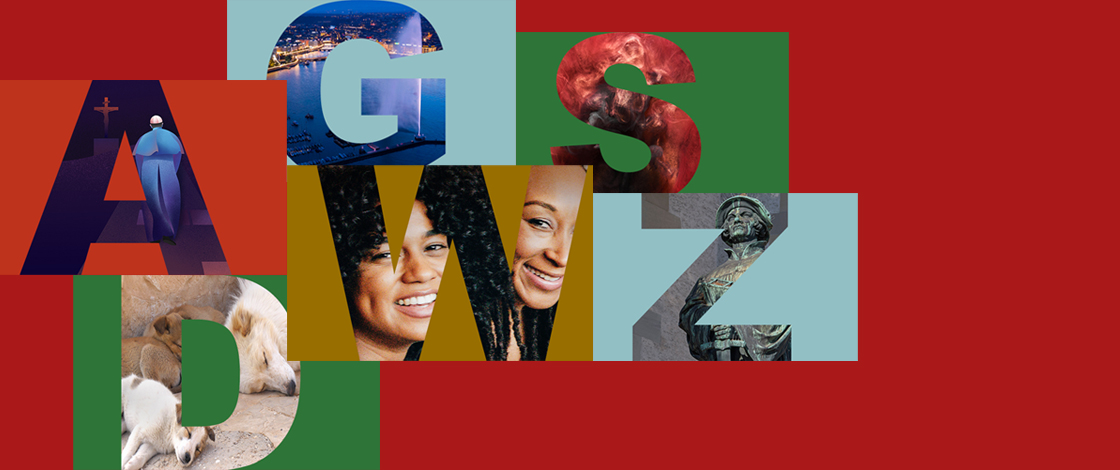A–C, Adrian VI.–Counter-Reformation
The A–Z of the Swiss Reformation
Inspiring and fascinating facts from ADRIAN to ZWINGLI
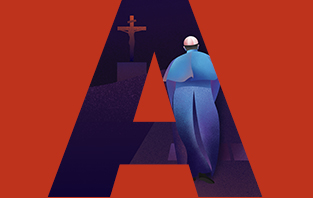
Adrian VI.
(Pope for 21 months from 1522 to 1523): “We readily acknowledge that God has allowed the Church to be persecuted in this way because of the sins of the priests and prelates. As a result, we shall put all our efforts into first improving the Court of Rome, which may perhaps be the source of all the evil. It is from there that the cure shall come, just as it was from there that the disease emerged. We believe that our commitment to accomplishing this is equal to the thirst of the whole world for such reform.”

Agenda for the Reformed Church.
1. Christ is the sole head of the church;
2. Teaching rests upon the scriptures alone;
3. In reading them, we understand that the Eucharist is only a memorial;
4. The mass is unnecessary;
5. Only faith can bring about salvation;
6. It is God who justifies;
7. No intermediary is necessary between a believer and God;
8. Images are contrary to the Scriptures;
9. Purgatory does not exist;
10. Priests are not forbidden to marry;
11. Sexual activity is forbidden outside marriage.
2. Teaching rests upon the scriptures alone;
3. In reading them, we understand that the Eucharist is only a memorial;
4. The mass is unnecessary;
5. Only faith can bring about salvation;
6. It is God who justifies;
7. No intermediary is necessary between a believer and God;
8. Images are contrary to the Scriptures;
9. Purgatory does not exist;
10. Priests are not forbidden to marry;
11. Sexual activity is forbidden outside marriage.

Anabaptism.
This radical branch of the Reformation was born in the wake of Ulrich Zwingli’s work in Zurich, with the beliefs that one should be baptised a second time as an adult and that one should embed Protestant ideals into politics and society. The movement found a spiritual leader in the Dutch priest Menno Simons (1495–1561), whose name was adopted by the group. The Mennonites would go on to suffer terrible persecution. Tolerated in Switzerland on the condition that they lived at an altitude of more than 1000 metres, many then emigrated to the USA. The Amish, the most conservative group within this movement, live in a way that preserves the way of life inherited from the Bernese culture of the 17th century (dialect, agriculture, dress code). They are able to raise a barn in a day and they choose who delivers the sermon on a Sunday by drawing lots.
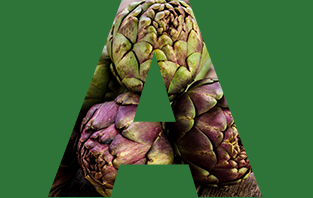
Artichokes.
The Huguenots, who fled from France during the Wars of Religion of the 16th and 17th centuries, did much to enliven the Swiss economy as clockmakers and bankers. The word “Huguenot” derives in fact from the Alemannic term Eidgenosse or citizen of the Swiss confederation. Around 50000 of the French Protestants would settle in Germany, and brought with them oranges, lemons, cauliflower, peas, and artichokes all the way to Brandenburg.
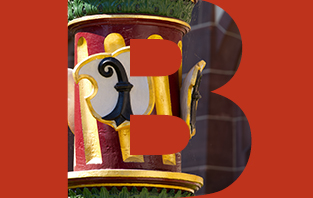
Basel.
Tauler, Erasmus, Calvin, Castellion, Nietzsche and Barth all found a home in this Rhine city from which to spread their research, knowledge and culture. Converted to the Reformation under the influence of Oecolampadius in 1529, Basel welcomed a number of Huguenot refugees, who would go on to make a notable contribution to the rise of the chemical and pharmaceutical industry there that enjoys a worldwide reputation today. In this town known for its printing, Erasmus’ Greek version of the New Testament appeared in 1516, an edition of Luther’s 95 Theses less than two months after they were written in 1517, and the first edition of Calvin’s Institutes of the Christian Religion in 1536.

Beetles.
“We know as little about the nature of God as beetles know about the nature of humanity.” Zwingli
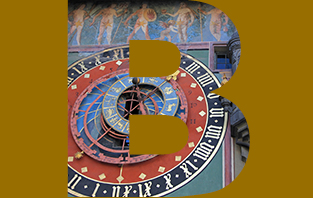
Bern.
In his encouraging address to Berchtold Haller, a friend of Melanchthon, who emigrated as a priest to Bern and who made several tentative attempts at reform in the 1520s, Zwingli wrote: “Keep up your good work and continue to tame your wild bears.” Zwingli himself went on to preach in the city’s cathedral at the Bern Disputation in 1528, and helped bring about the Reformation there. This change was decisive, because Vaud and Geneva would not have opted for the Reformation without Bern.
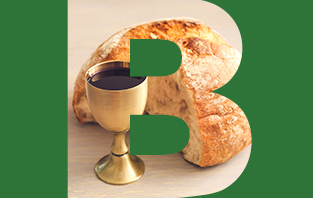
Body.
From the 16th century onwards, Christian Europe was violently torn apart over its understanding of what Jesus meant with his words “This is my body” as he shared the bread and the wine during the Last Supper. The controversy involved the question of whether Christ is symbolically or physically present in the sacramental wine and bread. Catholics and Lutherans were of the latter opinion, while Reformed Christians placed symbolic meaning in the rite, which solely commemorated the resurrected Christ. The conflict in this matter among Catholics, Lutherans, and Reformed Christians served as a pretext for the devastating warfare waged in France beginning in the second half of the 16th century and later during the Thirty Years’ War (1618–1648).
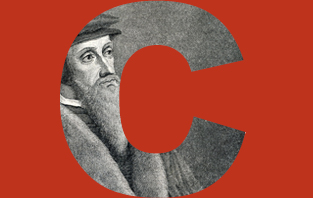
Calvin.
It is assumed that this native of Noyon, France (1509–1564) converted to the Reformation in Paris around 1533. One year later, he had to flee his country, where new converts were subject to persecution. He went to Geneva, from which he was expelled in 1538. He was, however, invited back to the city in 1541, where he remained until his death. His organisation of the church and the definition of its links to the state would serve as a model for the whole world. His adversaries claimed that he laid the foundation for a theocracy, and he did in fact seek to eliminate the right of the government to intervene in questions of conscience and religion.
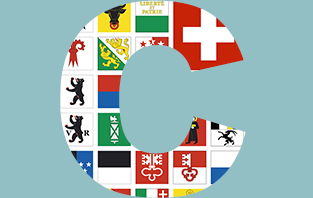
Cantons.
Zurich (1523) was the first canton to adopt the Reformation, followed by Saint Gallen (1524), Graubünden (1526), Bern (1528), Basel (1529), Schaffhausen (1529), Neuchâtel (1530), Geneva and Vaud (1536). Following the defeat of the Reformers in the Second War of Kappel, the legal basis for the denominational structures within the Swiss Confederation were put in place. Emancipated henceforth from Roman Catholicism, the Reformed cantons entrusted religious questions to the civil authorities and the function of bishop was carried out by Reformed communities, who made decisions on matters of theology, morality and teaching.

Comet.
In 1531, a comet crossed the skies of Europe, giving rise as usual to a variety of predictions. Zwingli saw it as a sign of his impending death, which would indeed follow within that year. We now know that this was Halley’s Comet, which most recently reappeared in our skies in 1997 and will next return in 2061.
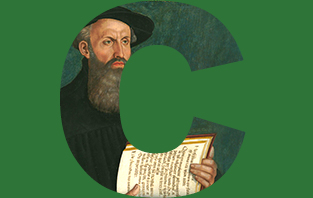
Consensus Tigurinus.
In 1549, the followers of Zwingli and Calvin came to an agreement in Zurich (considered to be the ancient homeland of the Celtic tribe of the Tigurini) to consolidate and unify the Reformation in the Swiss cantons. Unity was indeed strongly needed: Emperor Charles V wanted to restore the traditional unity of the Church by force, and no agreement could be found with the Lutherans. As had been the case before, the controversy revolved around the actual presence of Christ in sacramental bread and wine. “Inasmuch as he is a man, Christ is nowhere but in heaven”, affirmed the signatories to a text that “formalised” the birth of the Swiss Reformed Church and the preservation of its doctrinal unity.
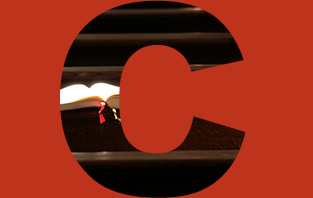
Conversion.
Zwingli contracted the plague while caring for his parishioners in Zurich. He promised to devote himself exclusively to Jesus Christ if he survived. Once recovered, he converted and married the woman who had stayed at his bedside throughout his illness. Luther dedicated his life to God in response to a bolt of lightning, reminiscent of Saint Paul’s conversion. Nicholas of Flüe became an ascetic after having a dream about a horse eating a lily. We know nothing, by contrast, about Calvin’s conversion.

Comparative ages.
When Calvin was born, Luther and Zwingli were 26 years old and Erasmus was 42. When Zwingli died, Calvin was 22, Luther 48 and Erasmus 64. Nicholas of Flüe died when Erasmus was 20 and Luther and Zwingli were 3. When Christopher Colombus landed in what would become known as America, Erasmus was 25 and Luther and Zwingli were 9.
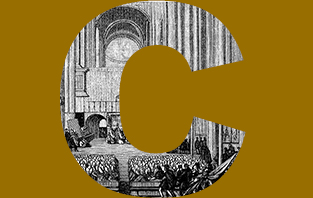
Counter-Reformation.
The Reformation and the situation of the traditional church gave rise to the Council of Trent, in the Italian part of Tyrol (1545–1563). Its resolutions were translated into a reorganisation of the Catholic Church, restoring in particular the proximity between priest and parishioner, cleaning up morals and improving the training of both clergy and laity. The Jesuits and the growth of the Capuchins would leave their mark on this development. In Switzerland, these two institutions took part in developing the education of the urban and rural population in the wake of the Reformation.
